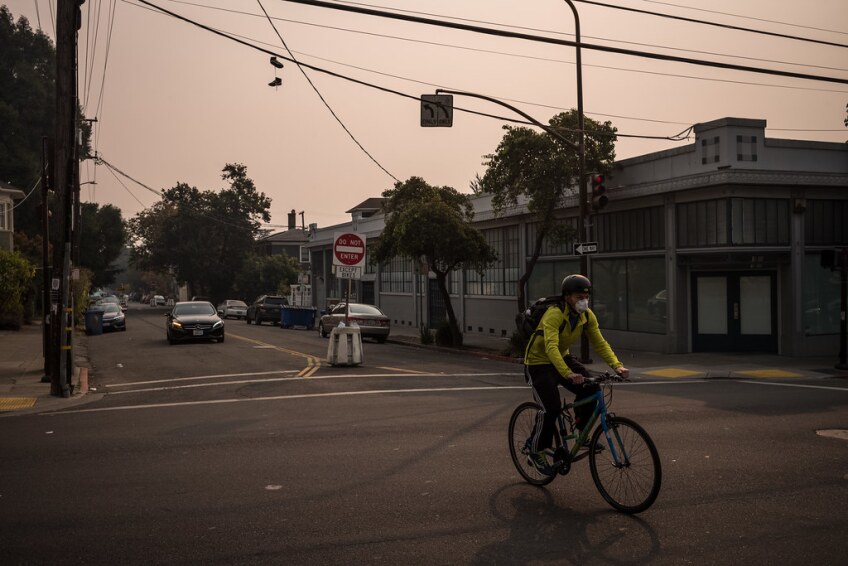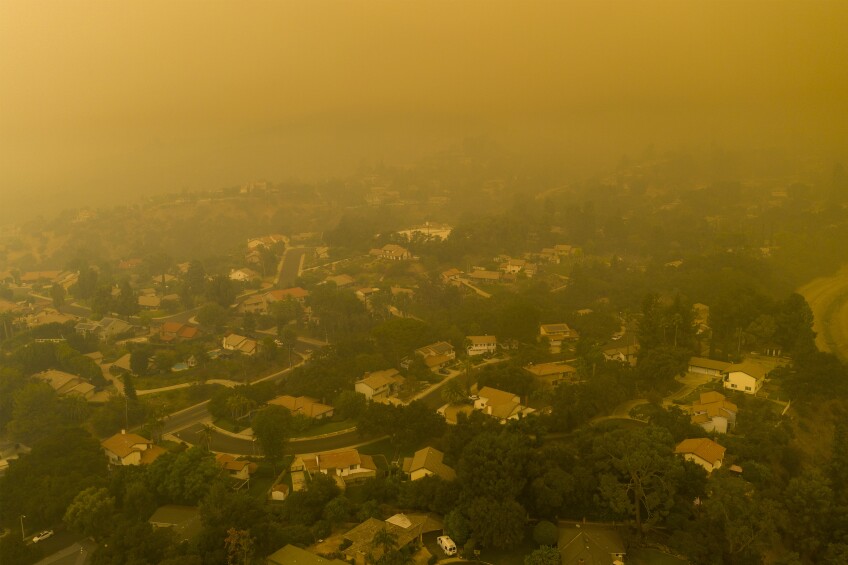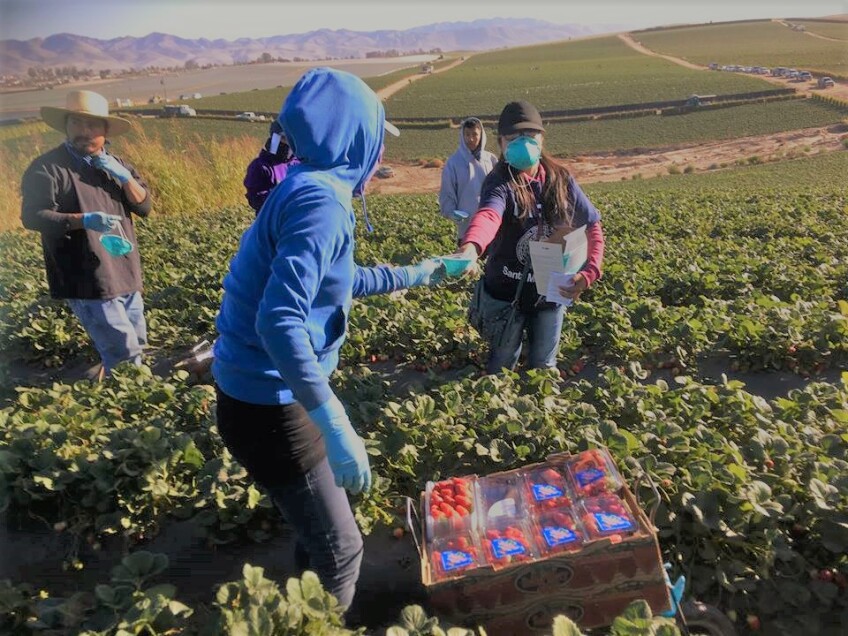The Health Effects of Wildfire Smoke Hit Vulnerable People Harder

In the last several years, a new reality has roared in with fire in the West. Exacerbated by climate change, drought and often-counterproductive forestry practices, fire has become increasingly catastrophic. Our capacity to manage and protect against wildfires is challenged as fire season becomes year-round, and as homes and other developments continue to encroach on the forest.
The problems only start with the flames. As with fires, the effects of wildfire smoke are complex, impacting people both local and distant, and on long and short timelines. Once wildfire smoke rises high into the atmosphere, it can travel hundreds, even thousands, of miles downwind. From the public health perspective, this raises troubling concerns about the impacts on populations that might be far away from any one fire itself. As fires grow ever bigger, so, too, do the plumes of smoke they launch into the air. We are only now beginning to grapple with wildfire smoke — seen and unseen — and all the many dangers it carries into the lungs and bodies of so many people.
In an insidious turn of events, we are learning how wildfires create downwind changes in air pollution chemistry, compromising the safety of those exposedto smoke and ash. Wildfire smoke can vary depending on type of brush or foliage consumed. Out-of-control wildfire — as we see more and more frequently — can potentially incinerate all manner of materials: wiring, plastics, solvents, paints, insulation, chemicals, and toxicants. That can lead to a toxic brew delivered downwind to populations that are not likely to have adequate respiratory, skin, or eye protection. People who do not know that there is a wildfire, say, in Northern California, can be deleteriously affected by smoke on the other side of the Rockies and even further away.

There is the potential to alter the outcomes with progressive, aggressive, and enlightened approaches. The work to protect communities from the dangers of smoke must begin with a consideration of where we build, how we build and what policies are in place to avoid fire catastrophe. In addition to carefully and deliberately reducing forest fuel loads and changing forestry and urban development policies, we need to make better decisions about emergency evacuation, road planning, equipment pre-deployment and broader public education.
For susceptible people downwind, we need to better understand how pre-existing health conditions are worsened by smoke exposure. We know that wildfire smoke is dangerous, but just how dangerous, especially when accompanied by other health issues, remains a vital research question. Respiratory and other health insults born of smoke hit vulnerable people harder: children, those with compromised immune systems, including those with less access to acute and critical care. There are myriad ongoing environmental inequities that place outdoor workers, people of color and numerous other groups at increased risk of exposure. The challenge is to prioritize the most marginalized and vulnerable at the center of health policy, and then build out fire and smoke preparedness from there.

It may be that our society-wide experience of wearing masks during the COVID-19 pandemic can do some good on the wildfire front. Masks help filter out the microscopic particles that are floating in the smoke, particles that, once in our lungs, can burrow in and cause serious problems. Particularly worrisome is that, while we know of the short-term effects of smoke inhalation (we can track emergency room visits, for instance), we know far less about the long-term effects of breathing in wildfire smoke. Research has also shown thatCOVID-19 cases were more common and severe in areas affected by wildfire.
A shifting climate forces us to reassess our relationships with the environment. Like the common cold or the annual flu, wildfires and smoke are likely here to stay. We must accept that reality while, at the same time, working on multiple fronts to limit the health consequences of wildfire in all of our lives.












